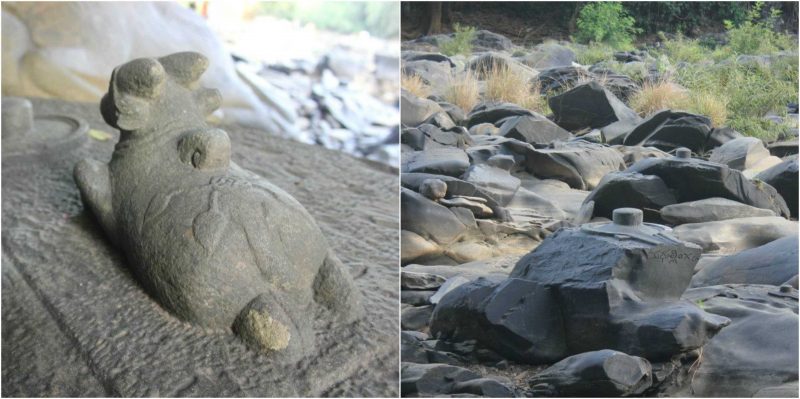As the years progress, more items are being thrown into rivers, lakes, and other bodies of water. No one really knows what could be under the water, especially if it’s too deep to dive and explore.
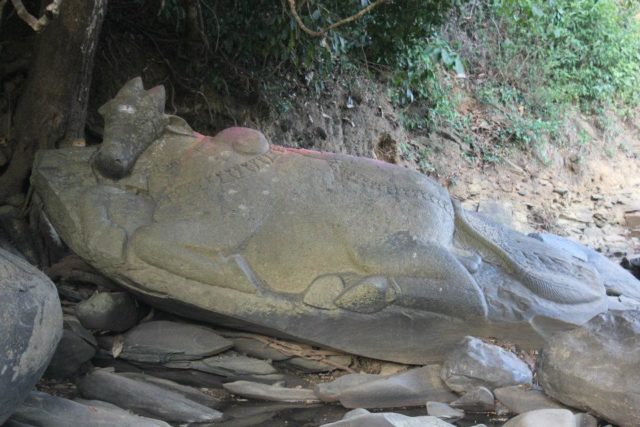
One of the bodies of water that is revealing treasures is the Shamala River in Karnataka, India. The most interesting thing about this river is that it has never been drained, but due to a combination of drought and overconsumption of water, its level is starting to shrink.
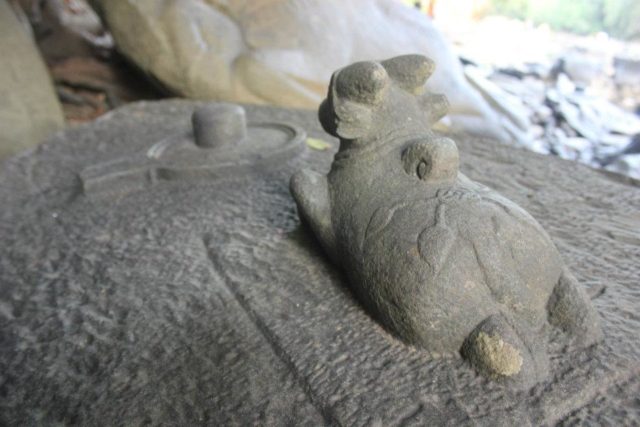
However, while the water level is slowly going down, the lake is revealing ancient secrets it has kept for years. Archaeologists in the area are surprised in what they have found so far. The more the water recedes, thousands of Shiva Lingas, or rock carvings, are appearing along the river bed.
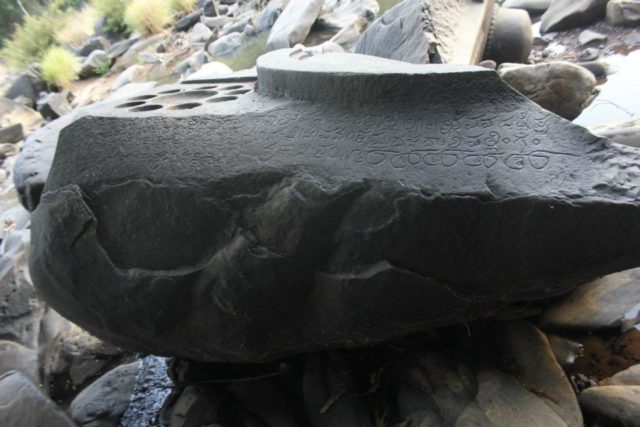
The place is referred to as Sahasralinga, or a thousand Shiva Lingas in Sanskrit. It has been a very important pilgrimage site, and thousands of people have visited the area to offer prayers to Lord Shiva. Shiva Lingas, or the Lingam, is a representation of the Hindu deity known as Shiva and many were issued in temples for worship. Sahasralinga is a very picturesque place and is revered as holy and divine to many Indians. These new findings add beauty and mystery to the area.
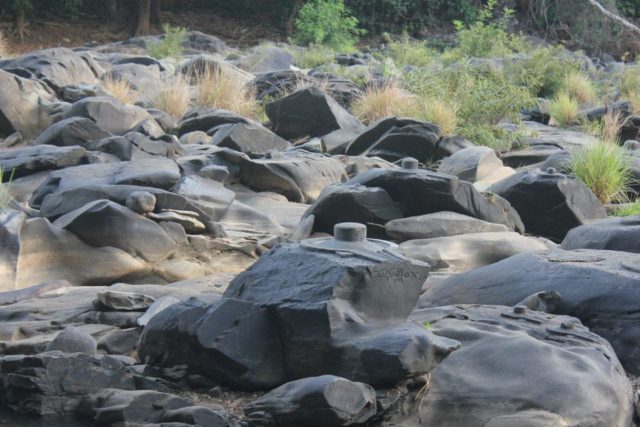
Over the years, many ancient artifacts have been found, and whether discovered by archaeologists or civilians, they are very historically relevant. Here are the top five oldest artifacts:
- Jewelry
Jewelry has always been an interesting concept; used more for decoration and to depict social status. The earliest example of how people displayed it for decoration dates back about 100,000 years ago. Scientists uncovered a small collection of shells from Skhul Cave, which is an archaeological site on Mount Carmel in Israel. Similar items have been found in a different site in Algeria. The shells are from a mollusk known as Nassarius. There were holes drilled through the middle of the shells so that they could be worn as necklaces or bracelets. What interests archaeologists most is that they are an “antecedent” to other beads found around Europe.
- Observatory
The art and science of astronomy is one of the oldest scientific studies. Researchers in Germany found a 7,000-year-old observatory that dates from when the land was solely populated by farmers. It is known as the Goseck circle and measures about 220 feet wide, and was discovered by using aerial photography. Its gates line up exactly to the position of the sun during winter and summer solstices; experts believe that this could have been used for early sun worship. Another interesting feature is an early depiction of the nighttime sky on a bronze disk found nearby. That disk dates back to 1600 BC and contains markings with the solstices and the mathematical descriptions of sunrise and sunset.
- Wooden wheel
Although archaeologists don’t know who exactly invented this wheel, they know that it is about 5,200 years old. One was discovered in a marsh near the Slovenian town Ljubljana which was 55 inches wide and was found with an axle which fit into a square hole in the center of the wheel. Only about half of the wheel is intact.
- Bows
The oldest intact bow that has ever been found comes from Denmark. It is dated as being 8,000 years old. The bow is made of elm and measures about 67 inches long.
- Shoes
The oldest shoe ever found was in Armenia and dates to about 5,000 years ago. The leather shoe is believed to be a woman’s size seven and was made for the right foot. It’s only a leather bag that is tied together with a few straps. It was found surprisingly intact, which is especially interesting since leather normally doesn’t survive that long
